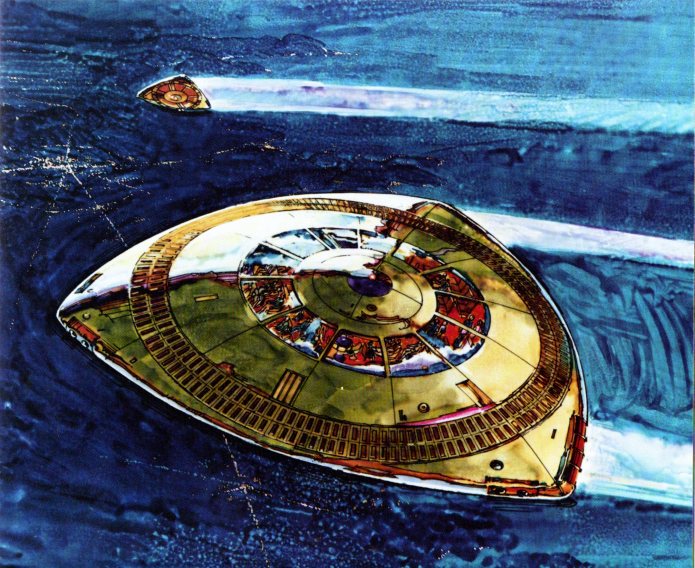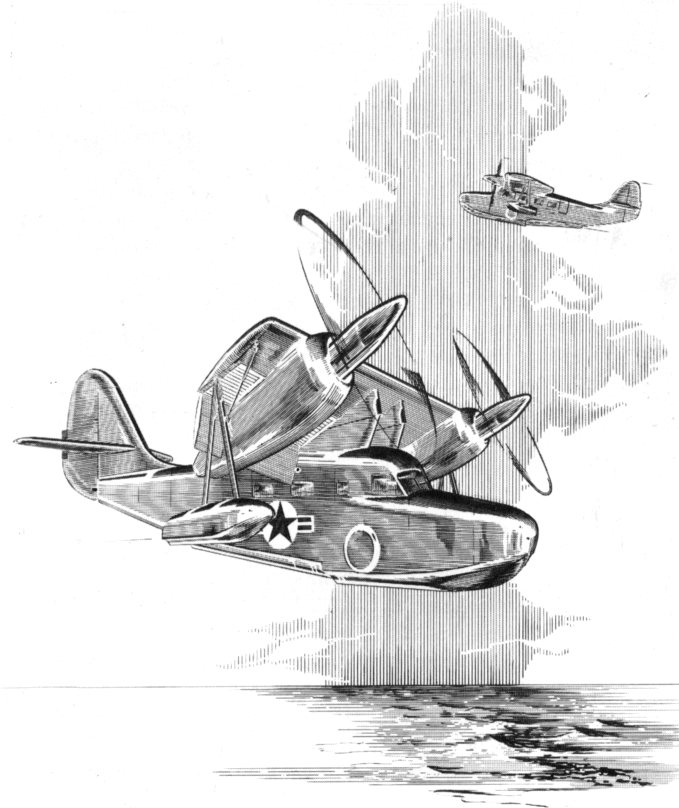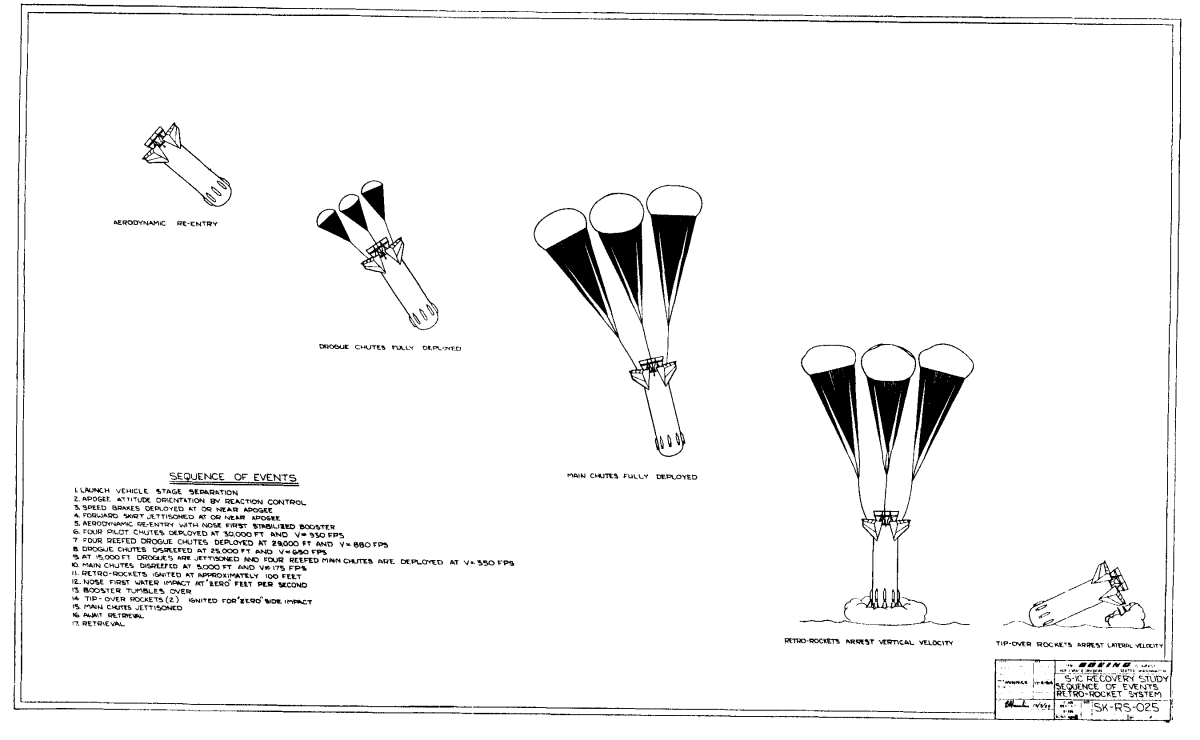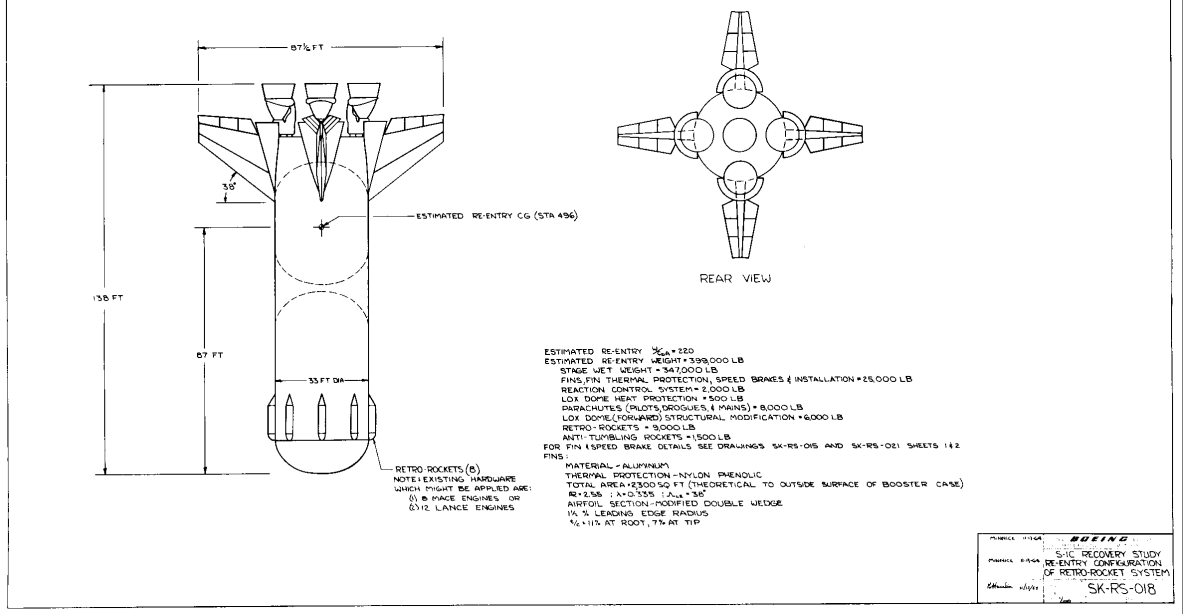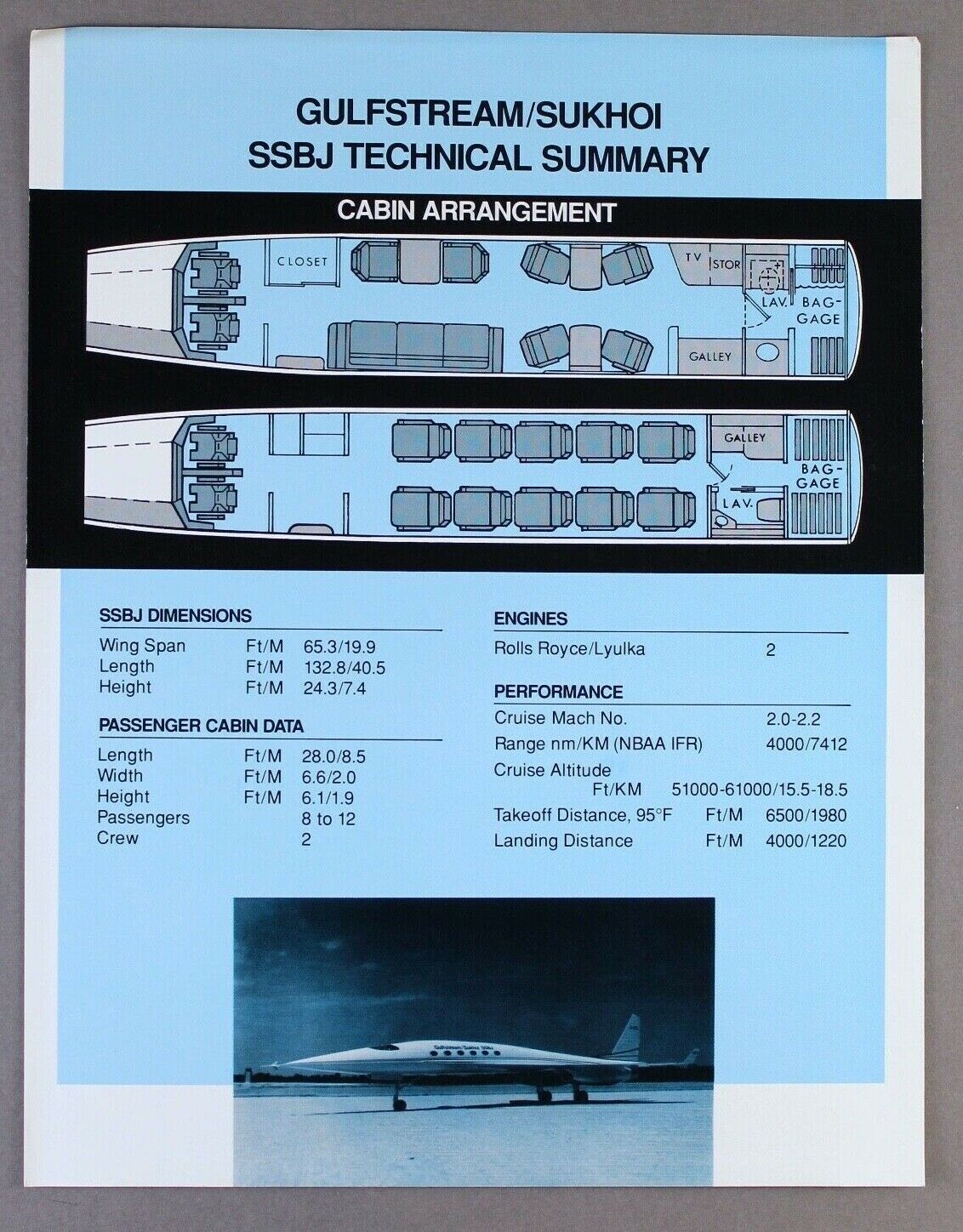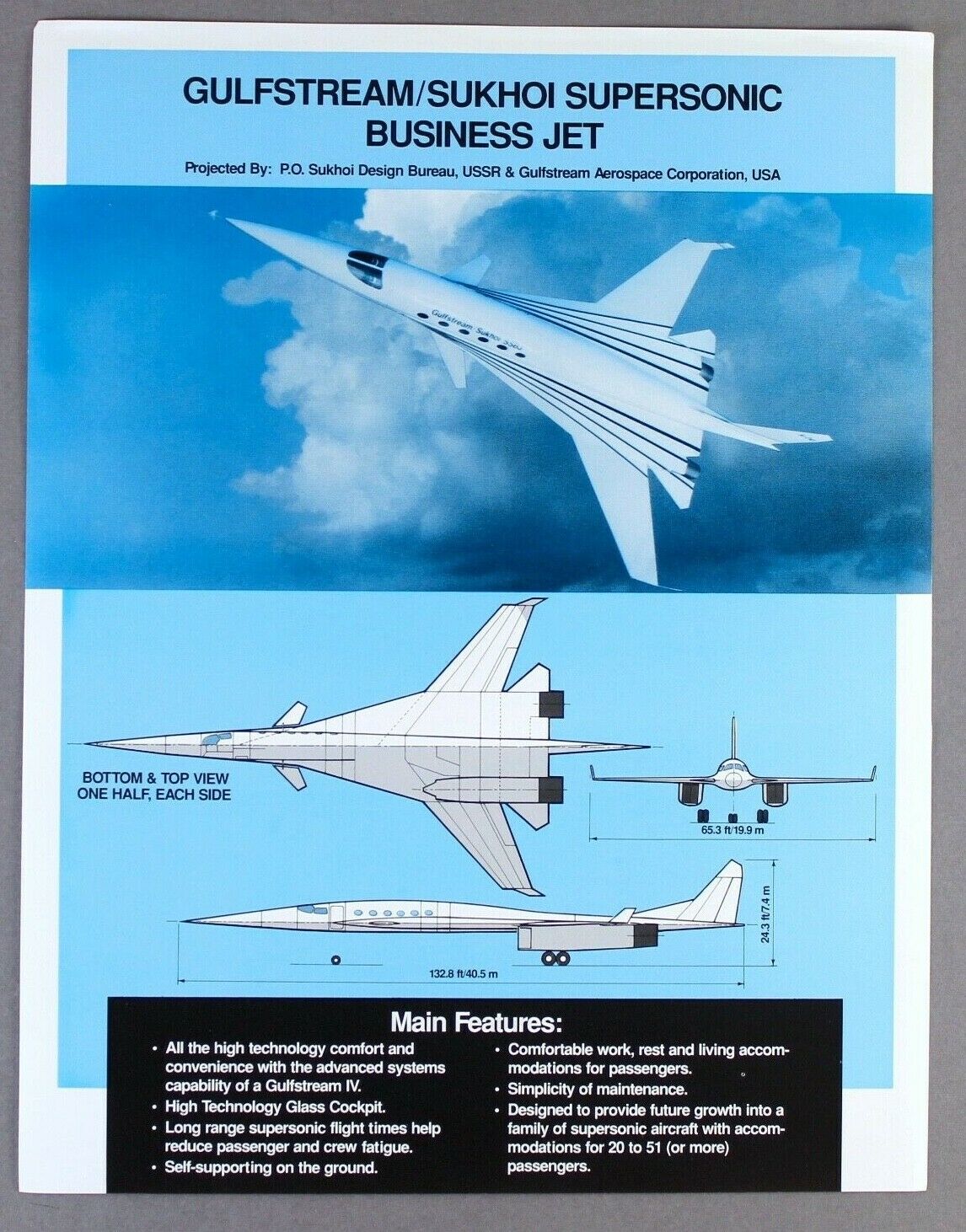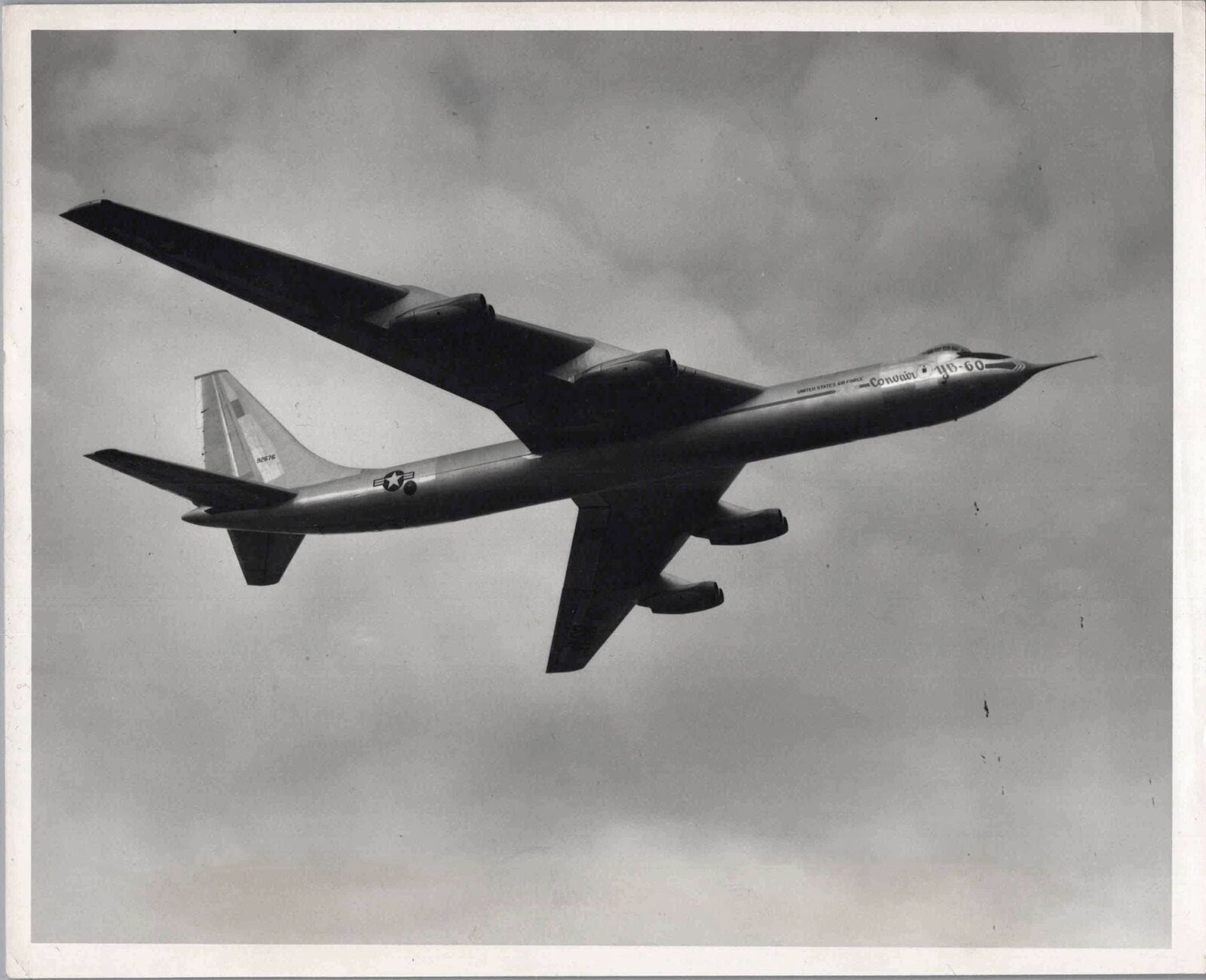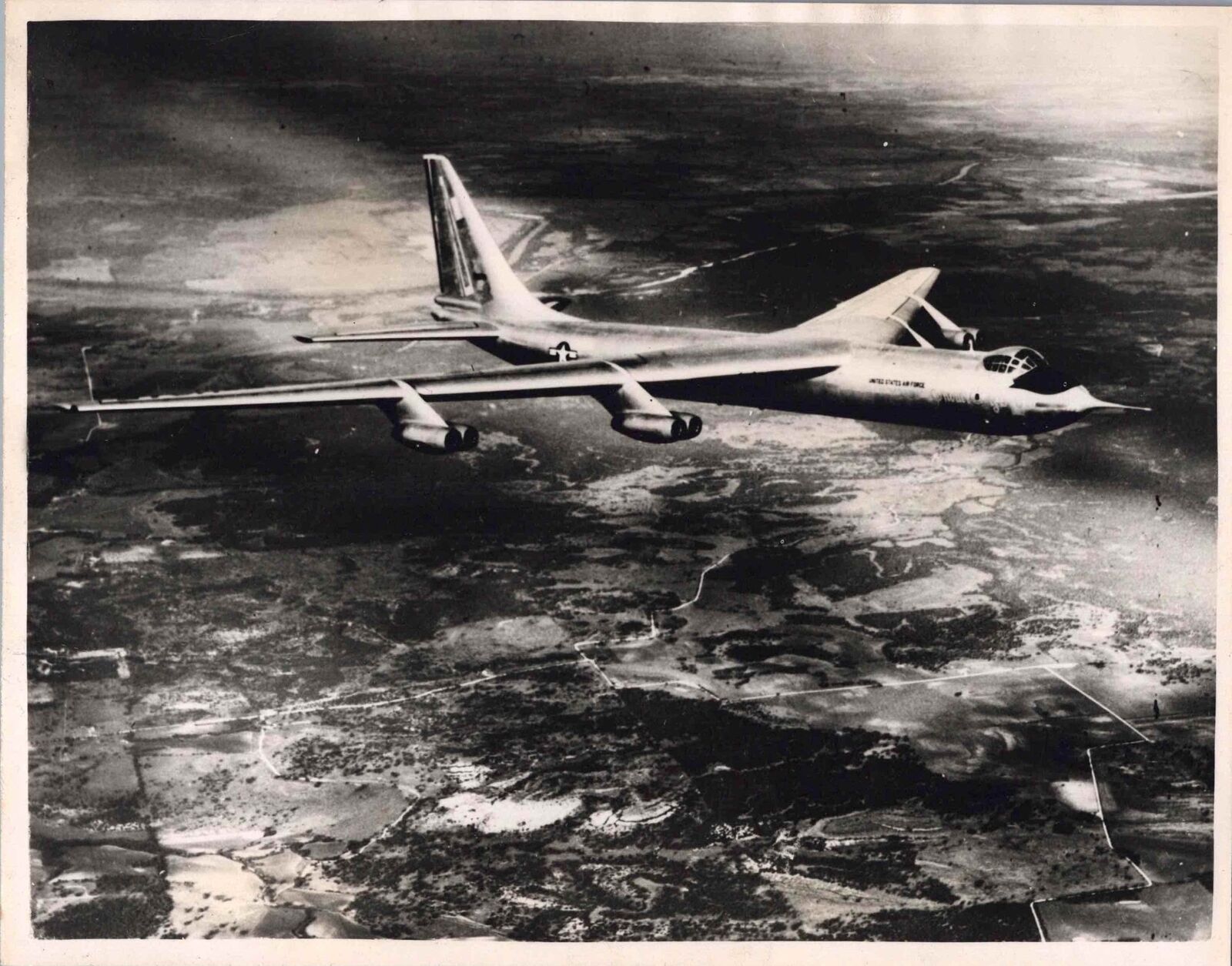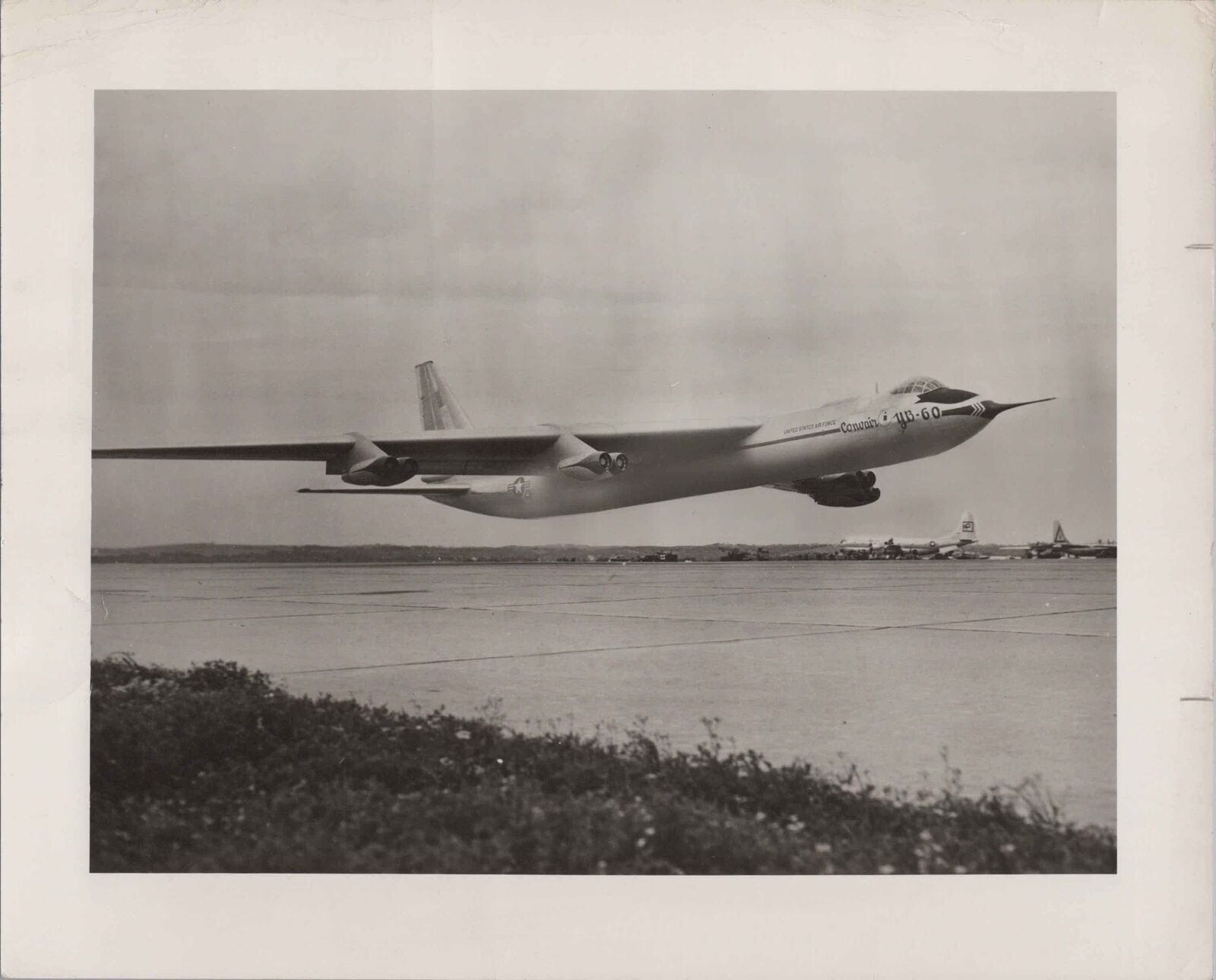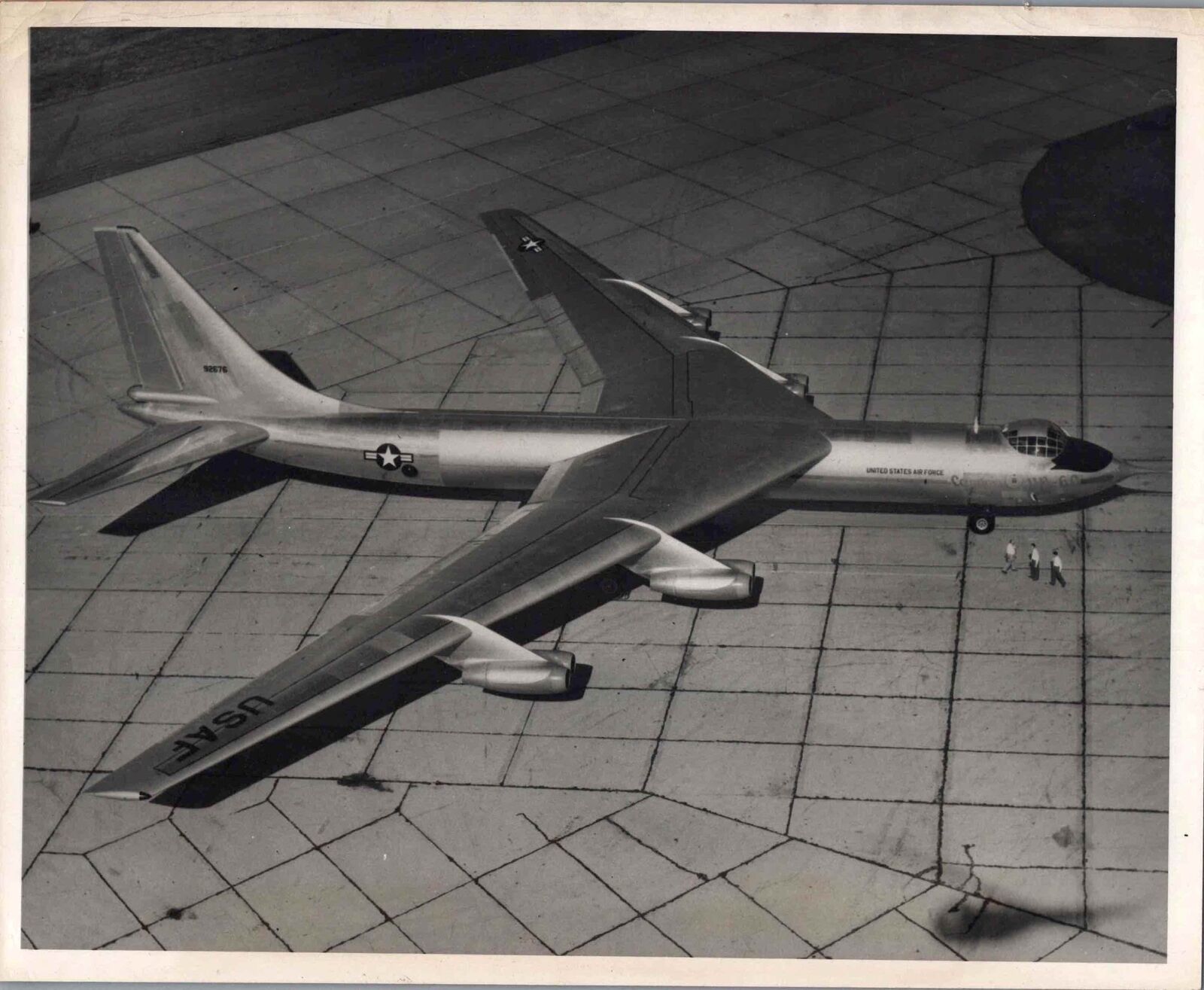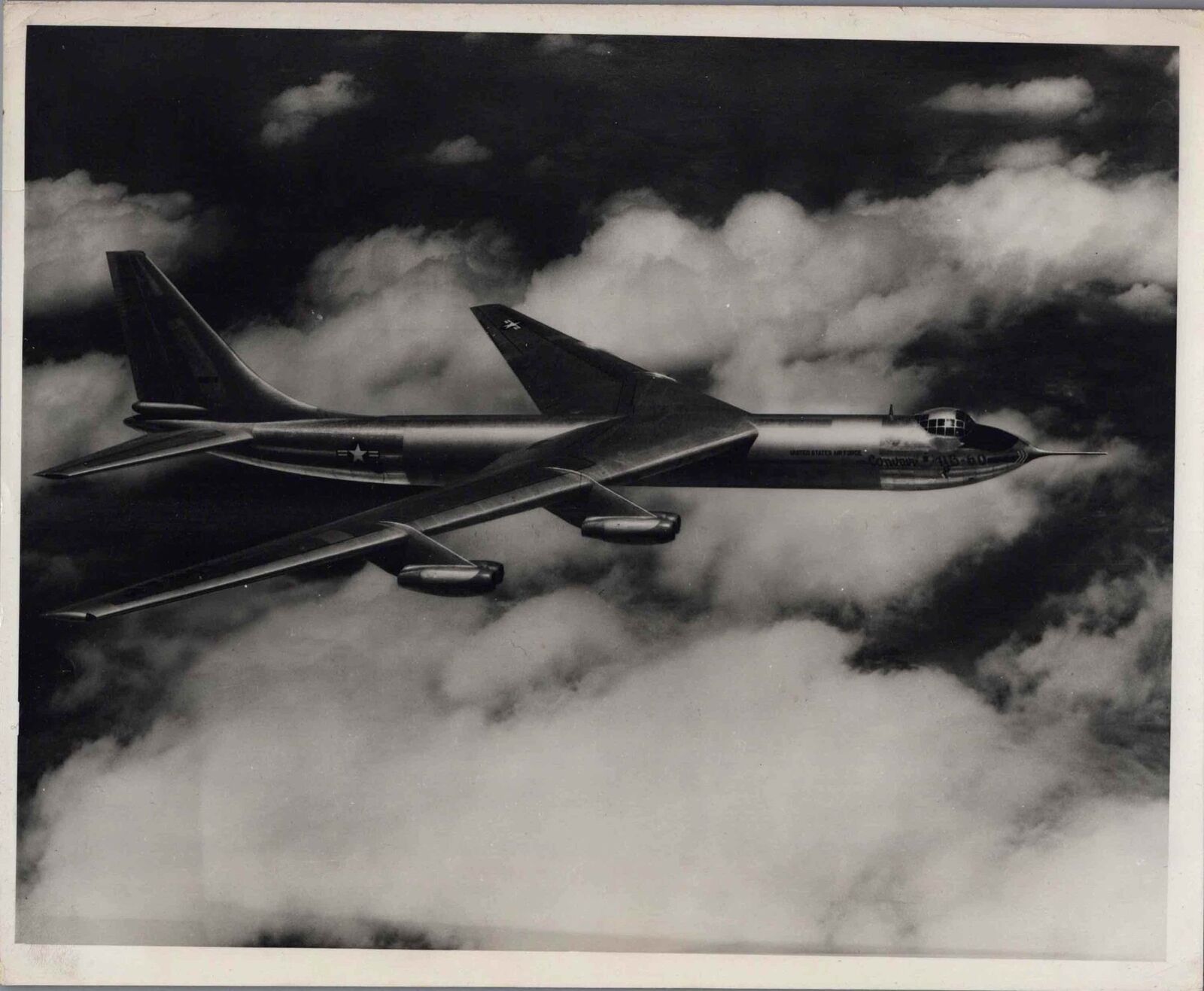The art below is a Boeing concept from the late 70s or early 80’s depicting an almost certainly wholly conceptual “electric commuter jet” based on a rather dubious propulsion system: the ring-shaped aircraft would be equipped with massive counter-rotating flywheels which would be spun up to high speed on the ground (presumably with fixed electric motors). To fly, the flywheels would engage a compressor which would provide the jet thrust to fly. I haven’t done the math on this, but unless those flywheels are made of an adamantium-vibranium-uru alloy spun up to a few hundred thousand RPM, it seems unlikely to me that the wheels would store enough energy to provide for a meaningful flight. I doubt that this existed beyond the artists imagination… but if anyone has evidence to the contrary, I’d love to see it.
The full rez scan of the artwork has been made available at 300 DPI to all $4/month patrons/subscribers in the 2021-05 APR Extras folder at Dropbox. If you would like to help fund the acquisition and preservation of such things, along with getting high quality scans for yourself, please consider signing on either for the APR Patreon or the APR Monthly Historical Documents Program.
